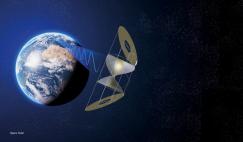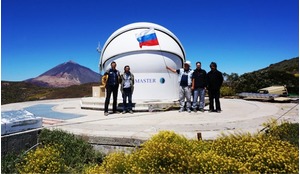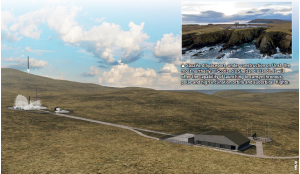The aerospace community has rightfully spent significant resources considering how to prevent a potential cascade of catastrophic collisions leading to an exponential growth in the debris environment (i.e., the Kessler Syndrome) that was identified decades ago. The typical proposed response is the steady, long-term removal of abandoned rocket bodies and payloads (i.e., five objects a year for 100 years). Active debris removal (ADR) analysis assumes that we are unable to determine which events might occur first; the overall effect is that one must remove 35-50 objects on average to prevent a single collision and around 15 collisions are estimated to occur in this 100-year scenario. These collisions would likely erode spaceflight safety significantly in the near-term even while possibly preventing environmental instability over the next century. The psychological inertia of this scenario as a community norm has created two trends: one, policymakers see ADR as a non-urgent, cost-prohibitive option and two, engineers are fixated on a traditional, statistical ADR concept of operations.
In the paper ‘Preliminary Analysis of Two Years of the Massive Collision Monitoring Activity’ presented at the International Astronautical Congress (IAC) in Adelaide, Australia, in September 2017, I reported on an ongoing space monitoring and characterisation experiment that is investigating alternatives for controlling the growing orbital debris hazard.
I hypothesise that it is more important to examine immediate space safety risks rather than long-term environmental stability. Scrutinising a limited subset of the debris population that will create the most consequential events (i.e., clusters of massive abandoned space objects) provides clarity in risk calculations that may help to prove or disprove this hypothesis.
Assurance of immediate spaceflight safety as the primary objective has encouraged us to examine the possible short-term, highly consequential events (rather than trying to determine the average collision hazard across the entire catalogued population over the long term), a refocus which led us to examine debris ‘hot spots’ in Earth orbit where the most massive objects might interact with each other at hypervelocity speeds (i.e., above 6 km/s).
Read more of Darren S. McKnight's analysis on the alternatives in dealing with space debris in the full version of this article, available now to our subscribers.














